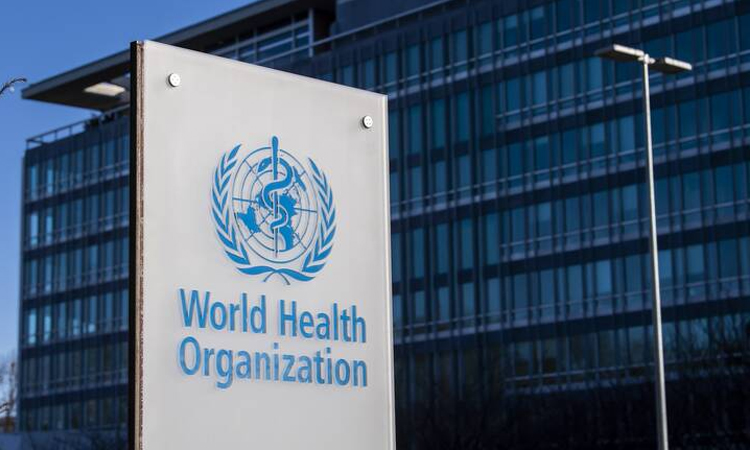News Flash
News Flash

GENEVA, Oct 2, 2025 (BSS/AFP) - There are not enough new tests and treatments in the pipeline to tackle the growing spread of drug-resistant bacteria, the World Health Organization warned Thursday.
The WHO says the increasing prevalence of antimicrobial resistance (AMR) -- particularly the growing resistance of harmful bacteria to antibiotics -- is one of the top global public health threats, and is thought to cause more than a million deaths annually.
The UN health agency says the misuse and overuse of antimicrobials -- including antibiotics, antivirals and antifungals -- in humans, animals and plants are the main drivers of drug resistance, with AMR having a disproportionate burden in low- and middle-income countries.
In twin reports on new tests and treatments for bacterial infections, the WHO warned far too little was in development.
"Antimicrobial resistance is escalating, but the pipeline of new treatments and diagnostics is insufficient to tackle the spread of drug-resistant bacterial infections," said WHO assistant director-general Yukiko Nakatani.
"Without more investment in research and development, together with dedicated efforts to ensure that new and existing products reach the people who most need them, drug-resistant infections will continue to spread."
AMR is defined by the WHO as occurring when microorganisms such as bacteria, viruses and parasites no longer respond to antimicrobial drugs.
- 'Dual crisis' -
The WHO began tracking the development of antibacterial agents in 2017.
Since then, 17 new antibacterial agents against priority bacterial pathogens have obtained market authorisation.
In its last update in 2023, there were 97 antibacterials in the clinical pipeline -- those being tested on humans.
That number has now dropped to 90, the WHO warned.
"The pipeline faces a dual crisis: scarcity and lack of innovation. Among the 90 antibacterials in development, only 15 qualify as innovative," the agency said.
As for the preclinical pipeline -- yet to be tested on humans -- around 232 projects are in development.
However, 90 percent of the 148 companies involved are small, with fewer than 50 employees.
The WHO warned in particular of gaps in formulations for children and oral treatments for outpatients.
It urged developers to publish data on antibacterial activity, "to foster collaboration, attract investment, and accelerate innovation".
It called for greater funding for tools that could be used in places with limited resources.
The WHO urged more investment and innovation overall, and in particular for new funding models to support the small- and medium-sized enterprises currently driving antibacterial and diagnostic research and development.